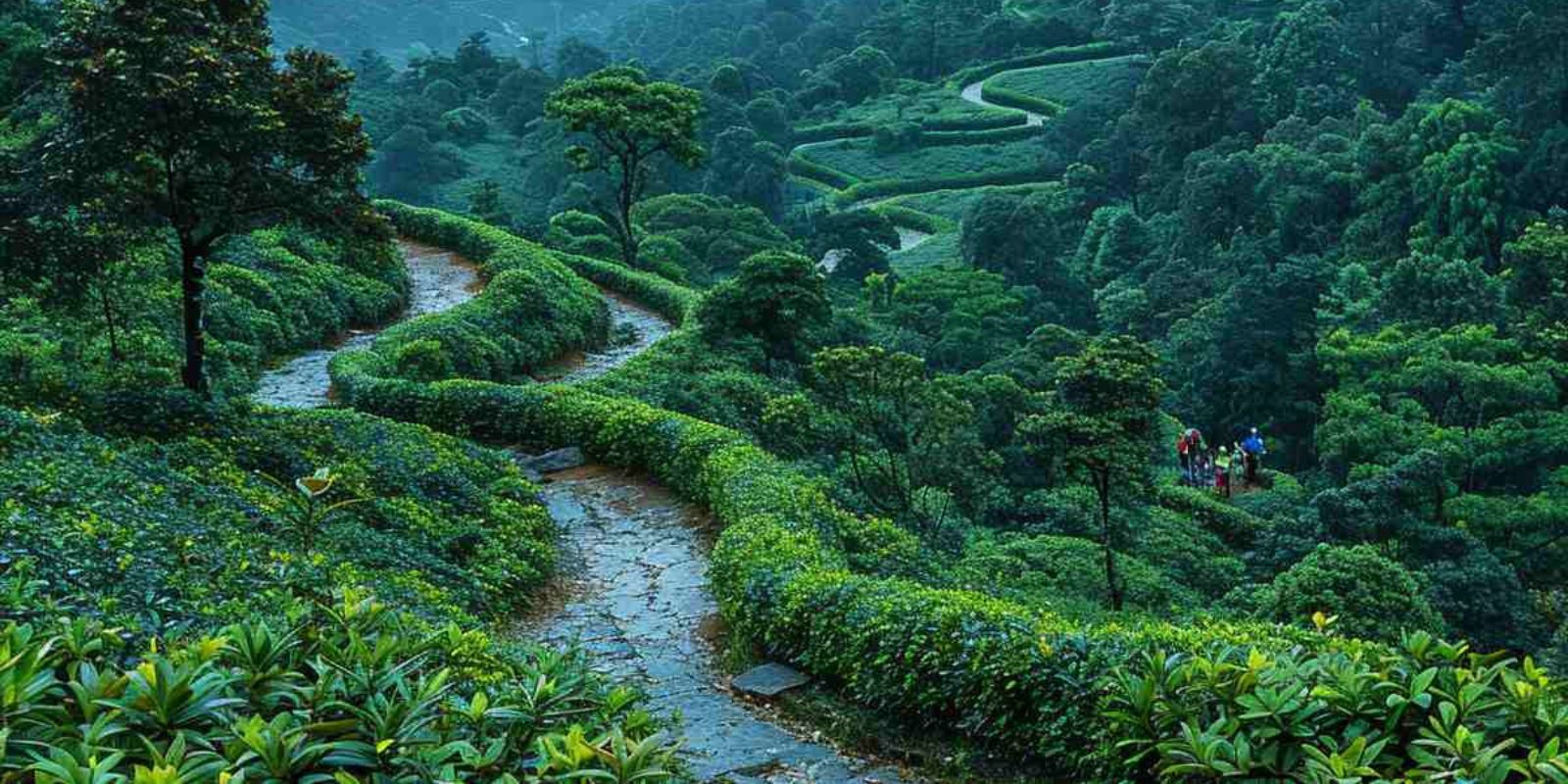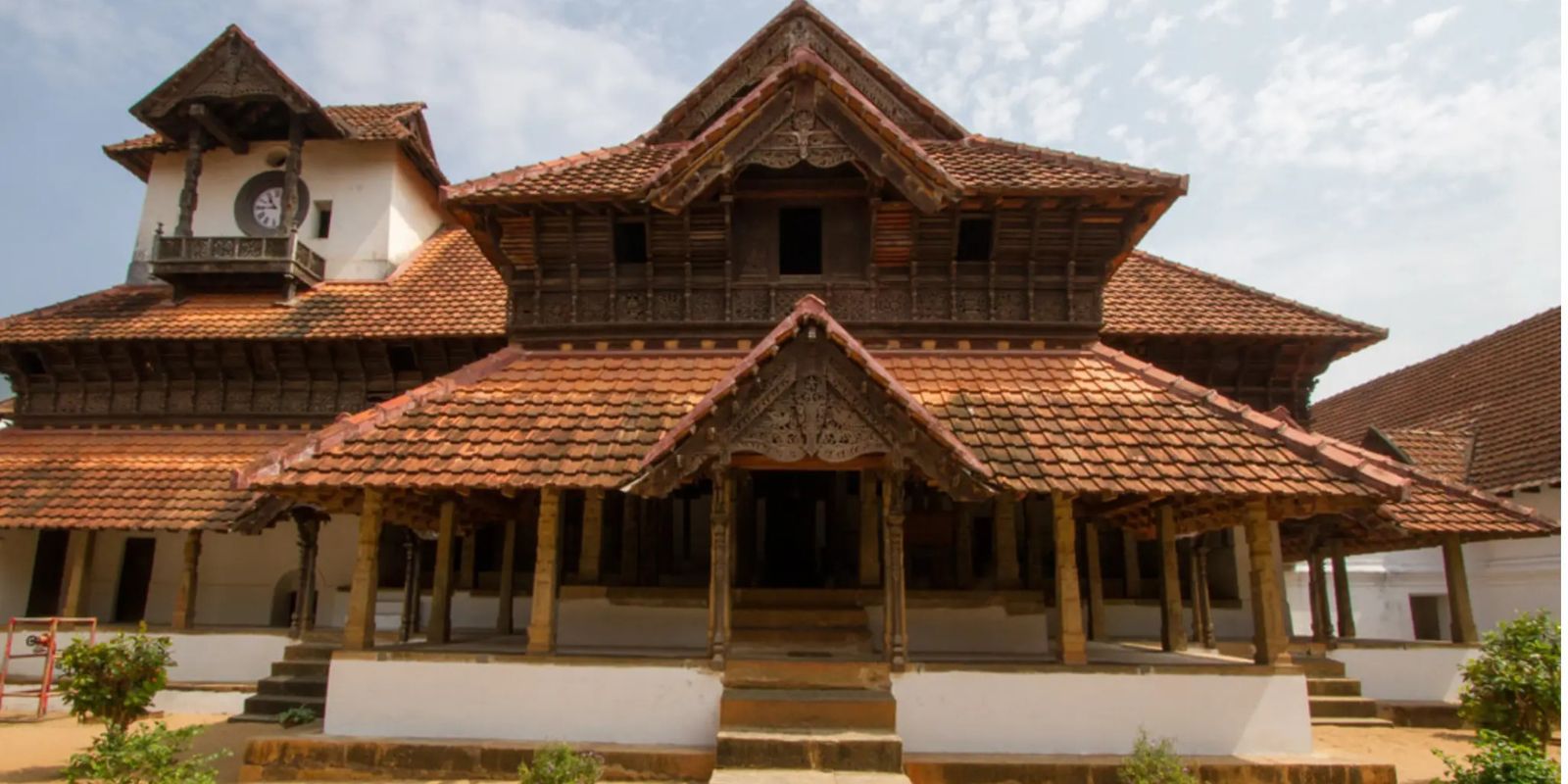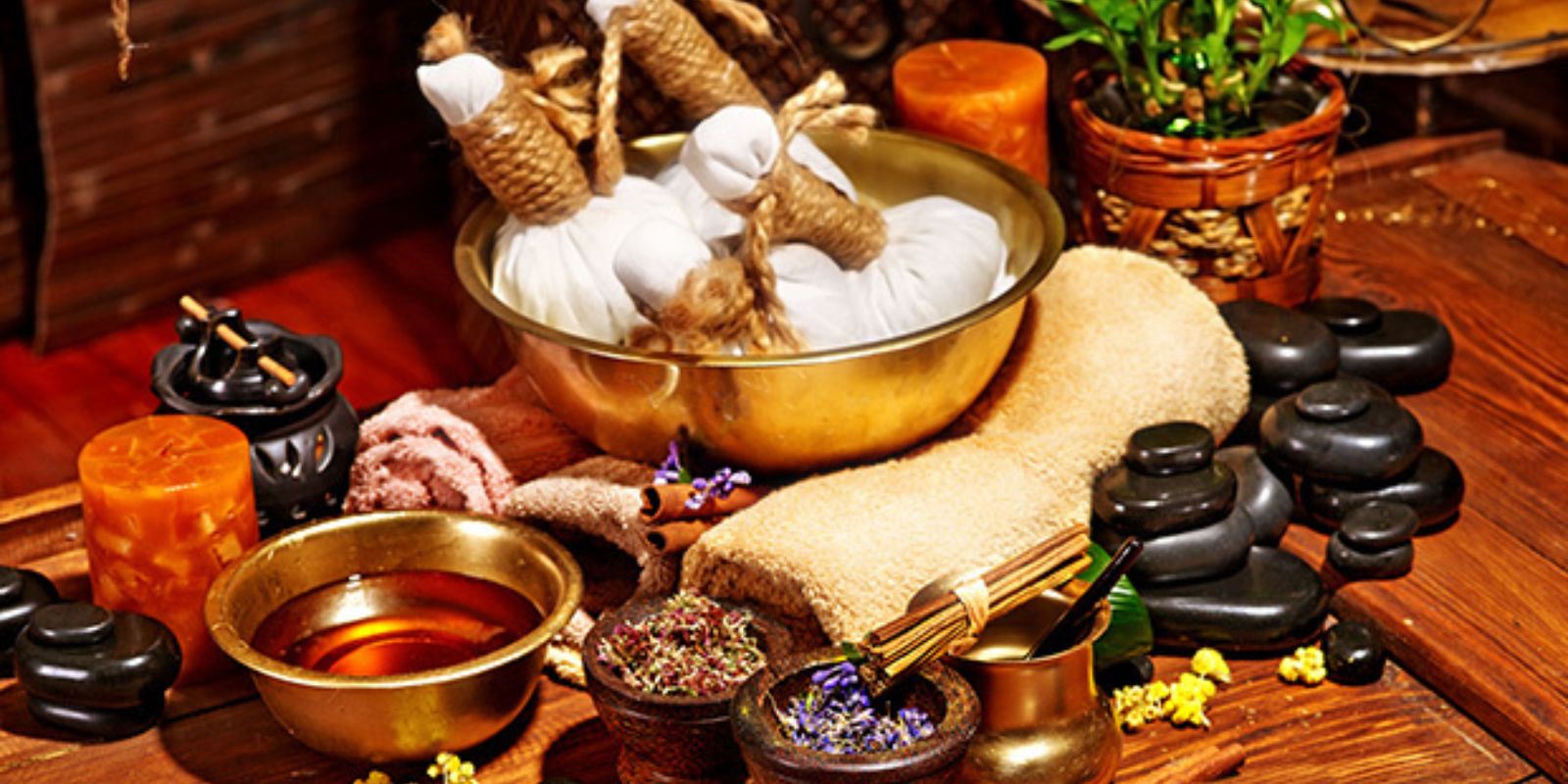Step across the threshold of Mattancherry Palace, and you enter a hush stitched with history. The cool scent of wood and lime drifts around ancient courtyards, and murals breathe centuries-old stories into the air. Here, grandeur is not loud; it lingers in dusky halls, inviting the seeker to listen with more than ears.
Why This Experience Matters
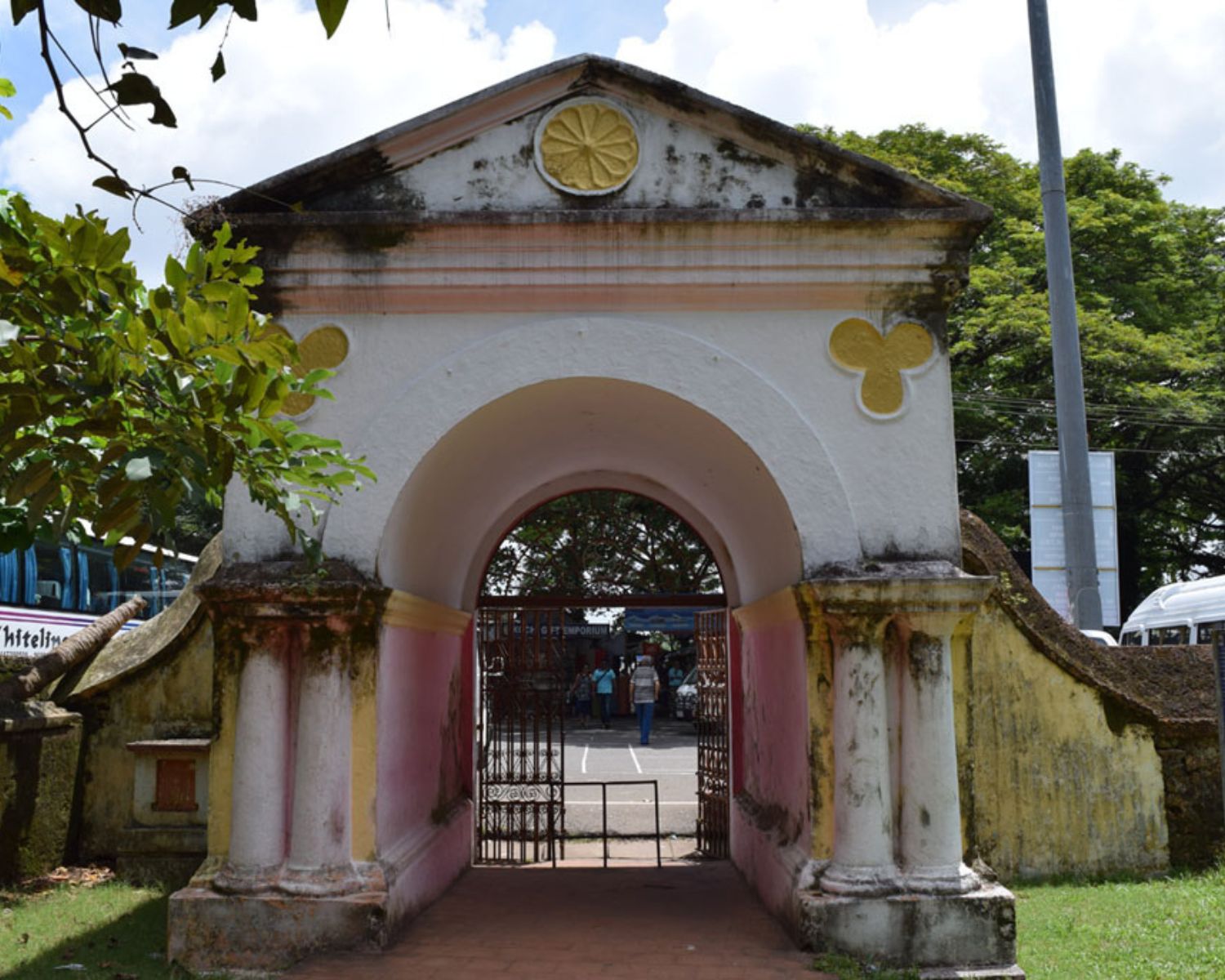
In a world rushing to be seen and heard, the Dutch Palace reminds you, true power can reside in stillness. The paintings, the relics, the muted courtyards—all awaken a deep reverence for heritage, for quiet majesty. Standing here, you feel the sweep of lives lived long ago, brushing your awareness like unseen silk.
A Living Legacy
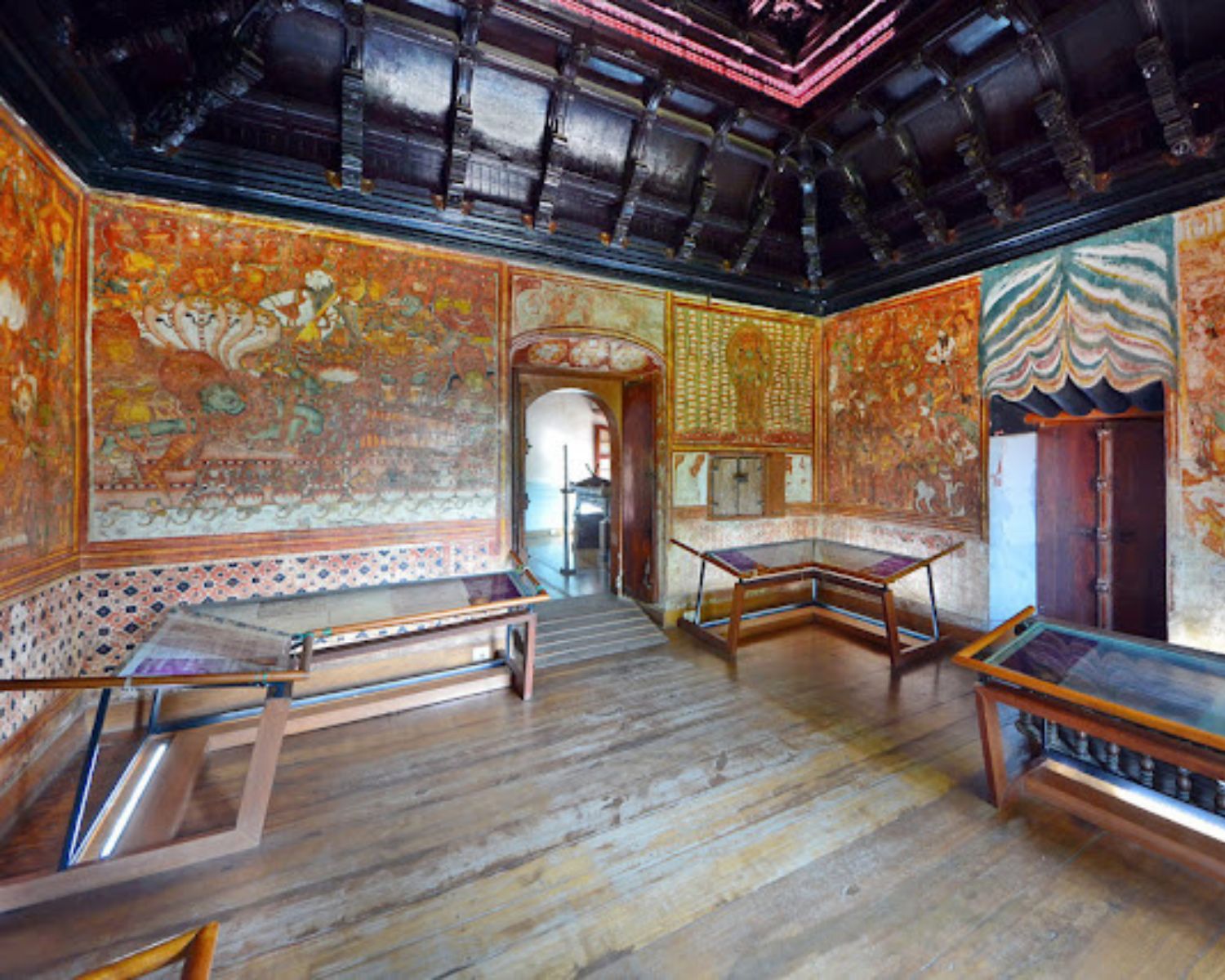
Gifted by the Portuguese to the Cochin Maharaja around 1555, and later renovated by the Dutch in 1663, Mattancherry Palace was a symbol of diplomacy and respect.It served not merely as a royal residence, but as a canvas for storytelling from dynastic chronicles to divine tales rendered across its walls. Today, it stands lovingly preserved—holding within its modest walls the echoes of kings, queens, and courtiers who once shaped Kerala’s coastal soul.
Traditions That Still Flow
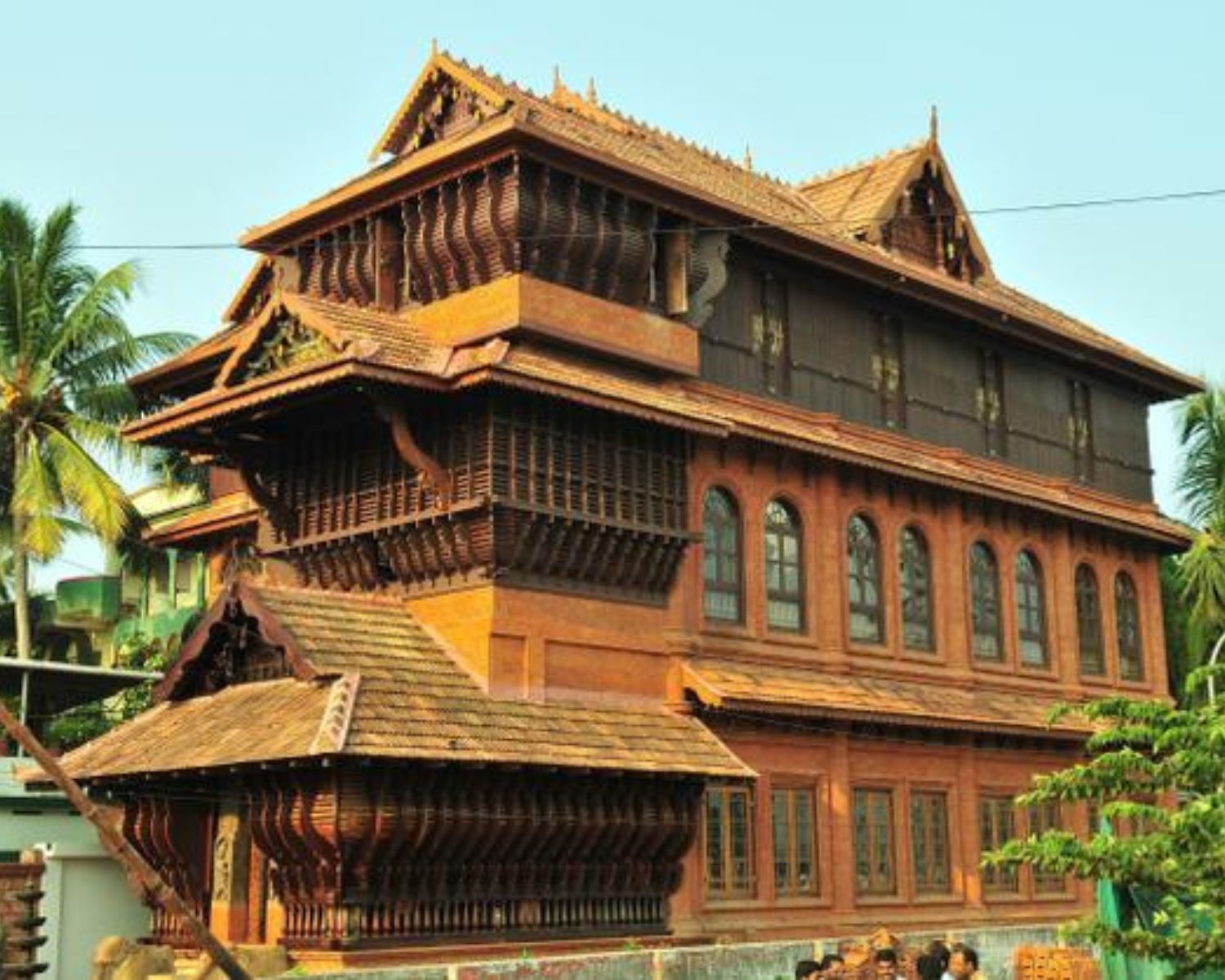
Though the thrones sit empty, the Palace remains a living link to Cochin’s royal legacy. Annual ceremonies connected to the Cochin Royal Family still find resonance here. The murals continue to inspire temple arts, Kathakali performances, and spiritual imagery across Kerala, nurturing traditions that weave seamlessly through the old and the new.
What to Expect During Your Visit
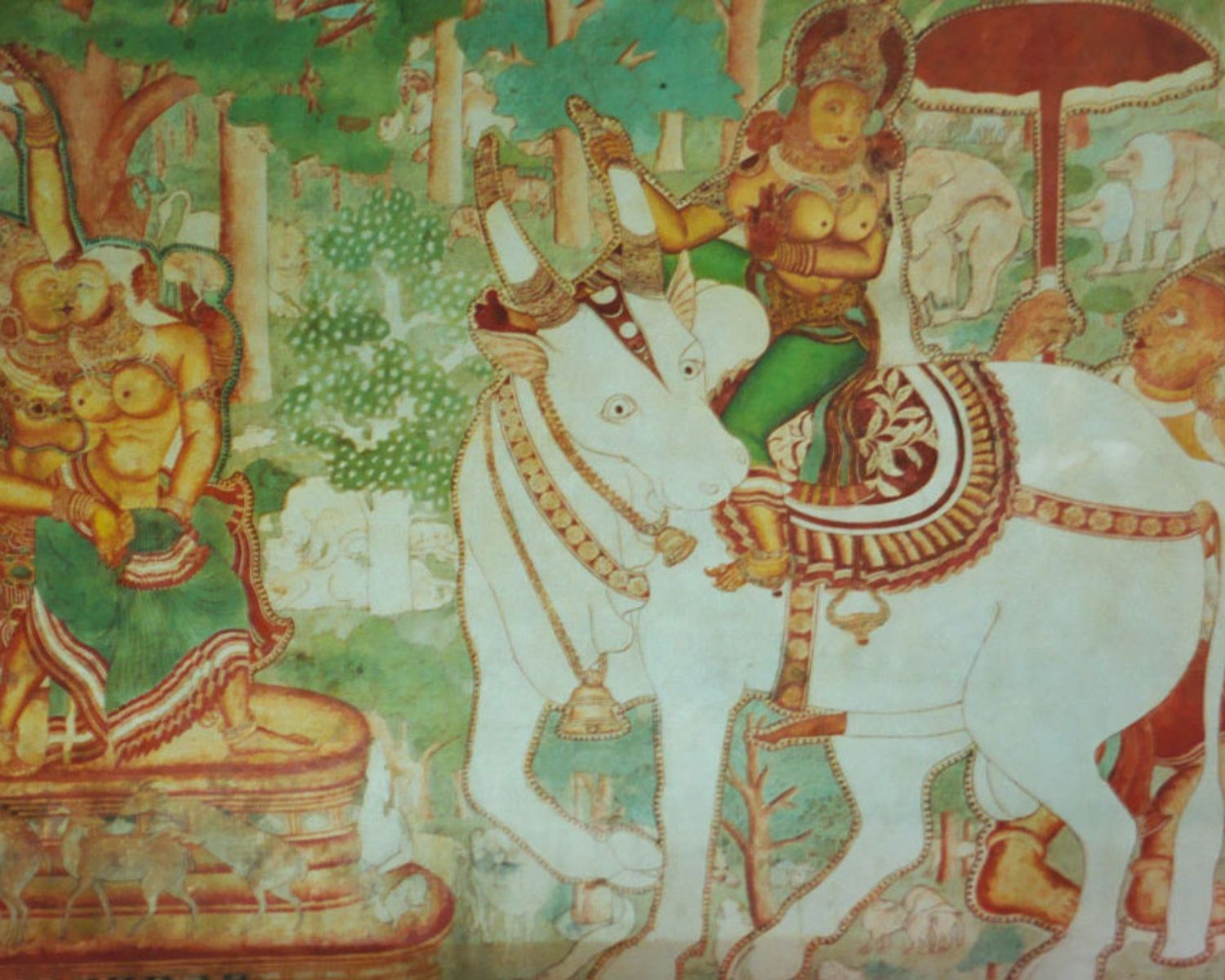
- Allow about 1-1.5 hours to wander thoughtfully.
- Start with the main courtyard, then step slowly through each hall, the Coronation Hall, the bedchambers adorned with Ramayana murals, and the galleries holding royal regalia.
- Morning (9-11 am) when light plays softly across the painted walls and the crowds are sparse.
- The surreal gaze of Krishna dancing across centuries-old mural panels.
- The coolness of worn stone under bare feet.
- The inner courtyard’s ancient banyan’s whispering leaves.
- The half-light of throne rooms and faded family trees painted like fragile memories.
Practical Guidance
- Best time to visit: October to March, when the air is cool and fresh.
- Getting there: Auto-rickshaws from Fort Kochi (5-10 min ride) or bicycles if you love slow travel.
- Accessibility: Limited wheelchair access; steps and uneven floors in places.
- Tickets: Approx. ₹10 (Indians), ₹50 (foreign nationals); camera fee applies for photography inside.
Travel Tips & Etiquette
Guidelines
- Entry timings: 9:45 am-1:00 pm and 2:00 pm-4:45 pm; closed on Fridays.
- Ticket price: ₹10 (Indian nationals), ₹50 (foreigners); additional fee for photography.
- Restrooms: Available near the entrance.
- Light & sound shows: None currently; focus is on the heritage walk experience.
Restrictions
- Speak in hushed tones; echoes carry in quiet halls.
- Photography rules vary—respect posted signs, especially around murals.
- Avoid touching walls and artifacts; they are fragile with age.
- Dress modestly, as the Palace is considered a heritage-cum-religious site.

